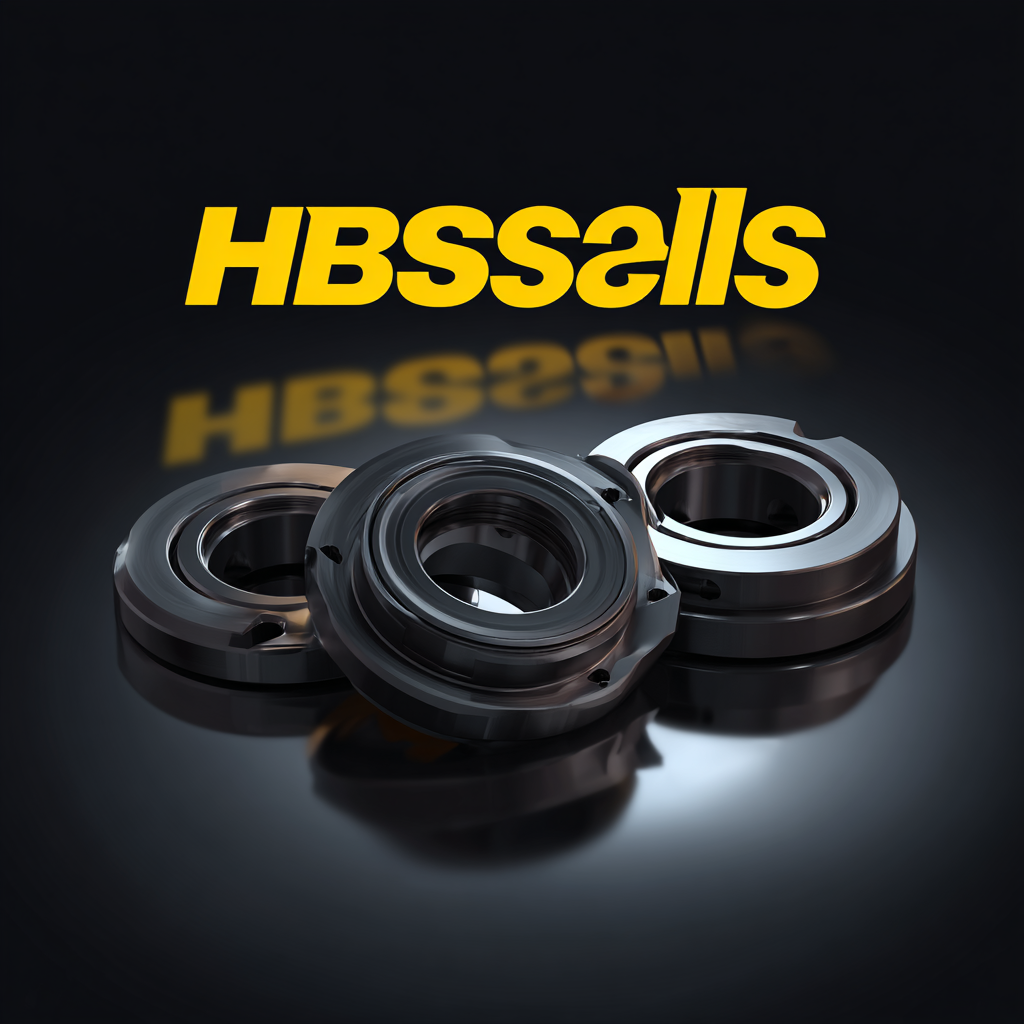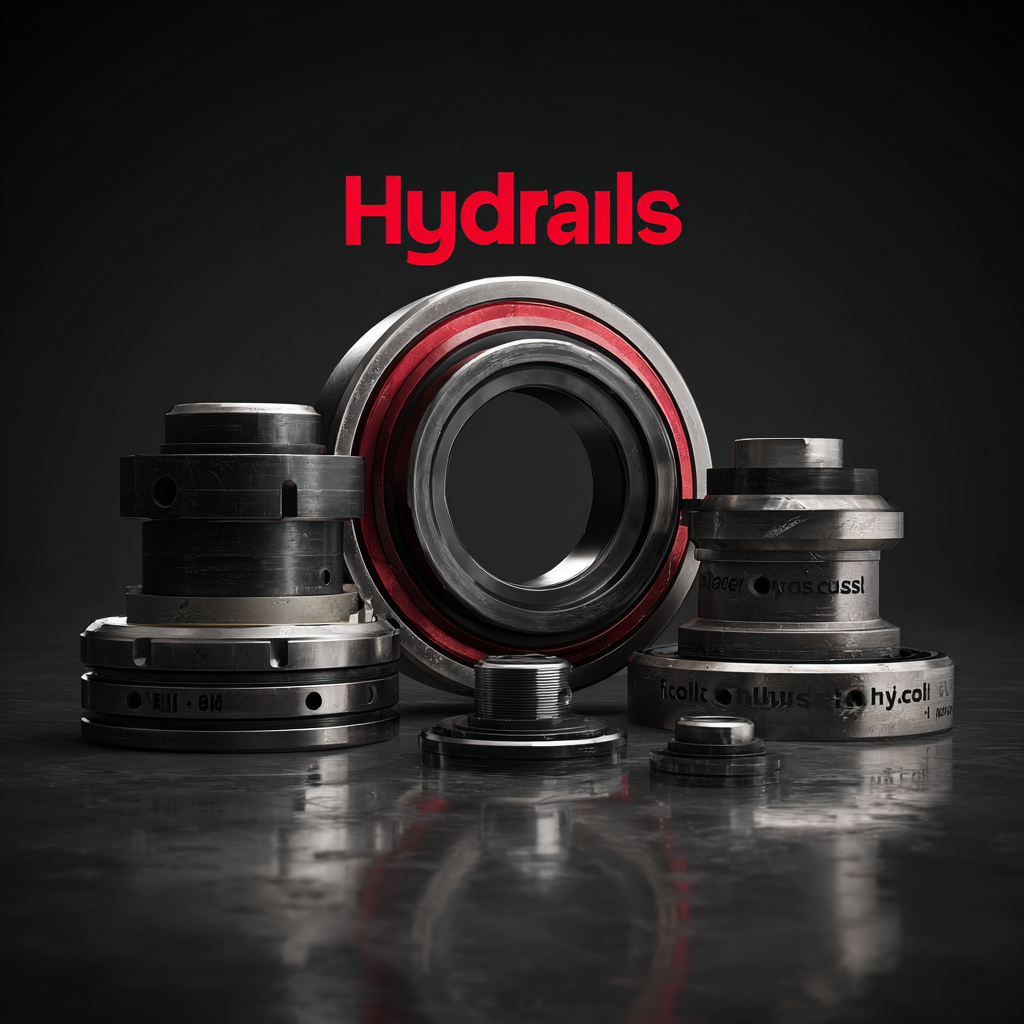

In the world of industrial machinery and equipment, hydraulic pump seals play a critical role in ensuring system efficiency and reliability. As global demand for robust and high-performance hydraulic systems continues to rise, understanding the various types of hydraulic pump seals becomes essential for buyers seeking quality solutions. This ultimate guide aims to provide insights into the different types of hydraulic pump seals available in the market, highlighting their unique features, applications, and benefits. Featuring the mantra "中国制造,全球共享,品质值得信赖," we emphasize the importance of sourcing high-quality seals from reputable manufacturers to ensure optimal performance and durability. Join us as we explore the key considerations for selecting the right hydraulic pump seals that meet the needs of industries worldwide, ensuring smooth operations and reducing maintenance costs.

When selecting hydraulic pump seals, understanding the various types available is crucial for ensuring optimal performance and longevity of hydraulic systems. In 2023, several key options stand out based on their unique characteristics and applications. Among the most popular seal types are elastomeric seals, which provide excellent flexibility and resistance to wear, making them suitable for a variety of environments. They excel in applications where temperature and pressure fluctuations are common, thus offering reliability in dynamic situations.
Another notable option is PTFE seals, known for their chemical resistance and low friction properties. These seals are particularly advantageous in environments where exposure to aggressive fluids occurs. Additionally, composite seals combine materials to enhance durability and performance under high pressure, making them a preferred choice for high-demand industries. With advancements in design and material technology, buyers can now choose seals tailored to specific operational needs, leading to increased efficiency and reduced maintenance costs in hydraulic systems.
The hydraulic pump seal industry is undergoing significant transformation, driven by advancements in technology and growing environmental concerns. By 2025, the emphasis will be on innovative materials and designs that enhance durability and performance while reducing maintenance costs. One notable trend is the increasing use of biocompatible and eco-friendly materials, which not only meet stringent regulatory standards but also resonate with the global shift towards sustainability. Manufacturers are investing in research and development to create seals that withstand higher pressures and temperatures, extending the lifespan of hydraulic systems.

Moreover, digitalization and smart technologies are set to revolutionize the way hydraulic pump seals are monitored and maintained. The integration of IoT sensors enables real-time performance tracking, allowing operators to anticipate seal failures before they occur. This predictive maintenance approach reduces downtime and optimizes operational efficiency. As the hydraulic pump seal market adapts to these technological trends, buyers will benefit from enhanced reliability and performance, ultimately driving growth in various industries reliant on hydraulic systems.
 When choosing hydraulic pump seals, it's essential to understand the various seal materials available and their specific applications to ensure optimal performance and longevity. Common materials include nitrile rubber, polyurethanes, and fluorocarbon. Nitrile rubber is widely utilized due to its excellent oil resistance and temperature stability, making it suitable for many general-purpose hydraulic applications. Its affordability and ease of manufacturing further add to its popularity among producers and users alike.
When choosing hydraulic pump seals, it's essential to understand the various seal materials available and their specific applications to ensure optimal performance and longevity. Common materials include nitrile rubber, polyurethanes, and fluorocarbon. Nitrile rubber is widely utilized due to its excellent oil resistance and temperature stability, making it suitable for many general-purpose hydraulic applications. Its affordability and ease of manufacturing further add to its popularity among producers and users alike.
On the other hand, polyurethane seals provide superior wear resistance and can handle higher pressures, making them ideal for more demanding environments. These seals are often used in mobile equipment and construction machinery where performance reliability is critical. Fluorocarbon seals, known for their exceptional chemical resistance, cater to specialized applications involving aggressive fluids or extreme temperatures, often found in aerospace or high-performance hydraulic systems. By understanding the properties and applications of these materials, global buyers can make informed decisions in selecting the best hydraulic pump seals for their specific needs.
When it comes to hydraulic pump performance, the design of seals plays a pivotal role in maintaining efficiency and longevity. The right seal not only minimizes leaks but also withstands high pressures and temperatures, which are common in hydraulic systems. An optimally designed seal enhances the reliability of the pump, ensuring that it operates smoothly over extended periods.
**Tip:** When selecting seals, consider materials that offer resistance to wear and thermal degradation. Synthetic elastomers, for example, may provide better longevity in demanding conditions compared to traditional rubber.
Furthermore, the geometry of the seal can significantly affect the pump's operation. A well-engineered seal profile can reduce friction, leading to improved efficiency and reduced energy consumption. Misalignment or incorrect seal selection, on the other hand, can lead to premature failures and costly downtime.
**Tip:** Regularly inspect seal integrity and alignment during maintenance checks. Addressing minor issues early can prevent major operational disruptions and extend the life of your hydraulic systems.
| Seal Type | Material | Operating Temperature (°C) | Pressure Range (bar) | Durability | Applications |
|---|---|---|---|---|---|
| O-ring Seals | Nitrile Rubber | -30 to 100 | 0 to 30 | Good | General Purpose |
| V-ring Seals | Polyurethane | -20 to 80 | 0 to 25 | Very Good | Rotary Applications |
| Lip Seals | Fluoroelastomer | -30 to 200 | 0 to 50 | Excellent | High-Pressure Systems |
| Floating Seals | PTFE | -50 to 250 | 0 to 60 | Outstanding | Chemical Industries |
Hydraulic pump seals are essential components in the efficient operation of hydraulic systems, and recent market insights reveal significant innovations driving their demand worldwide. According to a report by MarketsandMarkets, the global hydraulic seals market is projected to reach $3.6 billion by 2026, growing at a compound annual growth rate (CAGR) of 4.5% from 2021. This growth is primarily fueled by advancements in material technology, such as the development of high-performance elastomers and composites, which enhance durability and resistance to high pressures and temperatures.
Moreover, the shift towards renewable energy sources and electric vehicles is further propelling the demand for reliable hydraulic systems, underscoring the importance of high-quality pump seals. A study from Research and Markets forecasts that the rising investments in infrastructure development and construction projects in emerging economies will also contribute significantly to market expansion. As industries worldwide adopt innovative sealing solutions, buyers can expect enhanced performance, reduced leakage, and improved longevity in hydraulic systems, driving operational efficiencies and sustainability initiatives.